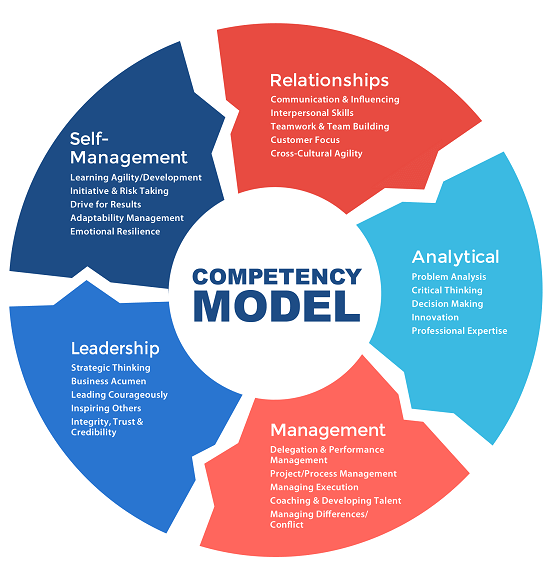Organizations are fluid and dynamic. Technologies and processes change, and competitive pressures constantly change how jobs are defined. Less supervision, increased technical skills, increased use of information technology, and the ever-changing nature of the work itself all create a need for a different set of competencies. This drives a critical question for today’s organizations:
“What are the competency requirements of our jobs?”
Selection & Development
Competencies are the building blocks for employee selection and development. They are the starting point in identifying what to look for in job candidates or employees by guiding decisions on what should be assessed and compared. Competencies also work as the basis for development planning where potential strengths and areas for improvement can be identified through assessment and comparison to other scores within the organization or across the industry. How well you identify and define the competencies relevant to your organization and the jobs within heavily influences how well you select and develop your workforce.
AAI’s Competency Model
